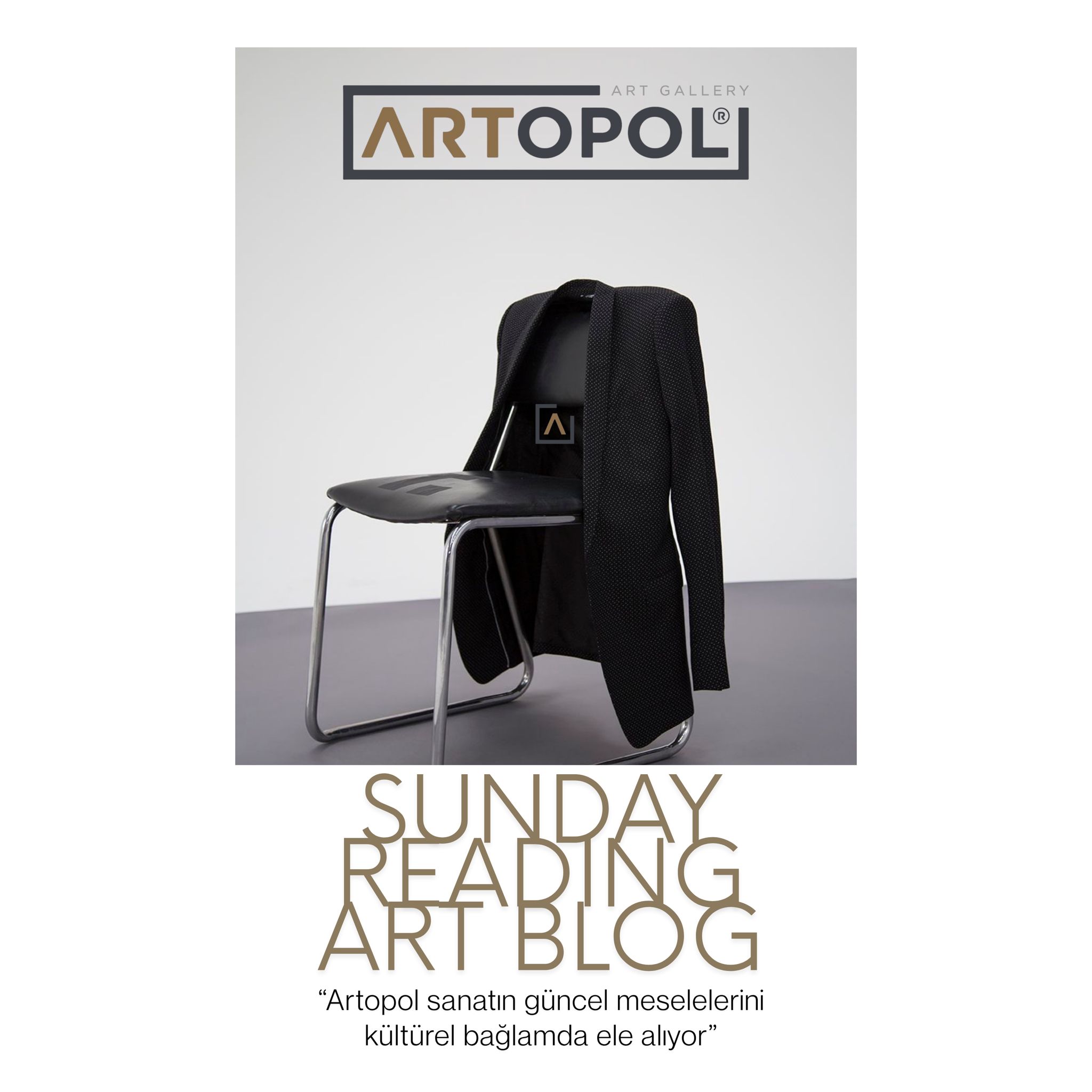
Work 1: Caravaggio (1593-94), "Boy Bitten by a Lizard," Florence, National Gallery
Let's talk about an important artist often referred to as a Baroque genius, Michelangelo Merisi da Caravaggio!
Caravaggio, who gives dramatic meaning to his paintings through the light-shadow contrast known as Tenebrism, draws inspiration from night light when creating his works. He produces his pieces in a dark setting illuminated from above. Caravaggio is famous for capturing the most critical moment of the story. Instead of idealized figures, he paints natural, everyday people.
General Characteristics of the Baroque Period
The Baroque period is the seventeenth-century era between Mannerism and Rococo. The word “barocco” in Portuguese refers to irregular pearls. Due to its excessive ornamentation and grandeur, it was considered unsuitable for classical art in France. It is a style of intensity and movement! Oval motions dominate, which is why “S” and “C” curves are very prominent. Light and shadow are intense; consequently, artists pay attention to the muscles of the body and depict all the details, down to the veins, so that people are portrayed as expressive beings rather than static monumental figures.
Caravaggio’s Medusa

Work 2: Caravaggio (1597), "Medusa," Florence, Uffizi Gallery
Commissioned by a cardinal, this work was painted on a convex surface. While painting Medusa, Caravaggio used his own face as a model. He left the background dark and focused all the light on her face. This approach intensifies the dramatism and aims to impact the viewer.
Regarding the mythology of Medusa: Medusa, one of the beautiful Gorgon sisters and the only mortal one, becomes involved with Poseidon. Athena, upon learning this, becomes angry and punishes Medusa for her beauty. Every strand of Medusa’s hair turns into a snake. Her gaze turns others to stone, and her suffering seems endless, eventually leading to the order for her death. Perseus, the hero of mankind, is chosen to accomplish this task.

Work 3: Detail of Medusa
Athena advises Perseus: “…Never look into the eyes of that monster, you will be turned to stone. Prepare your sickle and then approach backward to behead her!” Caravaggio paints the work on a convex wooden panel measuring 60x55 cm, reminiscent of the shield on which Medusa confronts her own reflection.
The Fear of One’s Own Reflection!
Contrary to popular belief, Medusa’s expression in Caravaggio’s painting is not anger—it is surprise! Seeing her reflection in Perseus’s shield, Medusa is shocked at what she has become. At that exact moment, Perseus beheads her. Caravaggio focuses on the expression of this woman, startled by her own reflection. The canvas itself mirrors the shape of the shield.
Who is Hülya Sözer?

Born in 1986 in Istanbul, the artist graduated from the Ceramics Department of Anadolu University Faculty of Fine Arts in 2010. The same year, she held her first solo exhibition and subsequently participated in group exhibitions, fairs, and symposiums both in Turkey and abroad. In 2014–2015, she received an honorable mention at the Gizem Frit Ceramics competition. Currently, she continues her artistic activities and teaches ceramics in her studio in Beyoğlu.
Ceramic Sculptures that Fully Convey the Felt Emotion
Ceramics, a material dating back to ancient times, is widely used in daily life. Composed primarily of clay, ceramics is admired for its connection to nature. Over time, ceramics have been employed in decorative items, architectural elements, religious idols, and tablets—essentially in all forms of objects encountered throughout history.

Work 4: Hülya Sözer (2021-2022), Expression Series, Istanbul Artopol Art Gallery.
What about art? One of modernity’s contributions has been the significant development of ceramic art. Beyond its functionality, ceramics has earned a notable place as an artistic medium. Functional ceramics have also played a major role in figurative sculpture.
Hülya Sözer transforms every aspect of ceramics into art and is one of the prominent names in contemporary figurative sculpture today.
When we speak of the peak of an emotion captured in a moment meeting art, Hülya Sözer’s “Expression Series” immediately comes to mind. The artist creates ceramic wall sculptures that, like the renowned Italian Baroque artist Caravaggio, are not idealized but fully convey the emotion she feels.
In this case, the dark background becomes the artist’s own black frames. The light emphasizing the subject is represented by the ceramic sculpture figures themselves! A figure with bloodshot eyes from anger, a figure expressing joy from listening to music, or a figure stunned with a gaping mouth…
Sözer uses the “Woman” symbolically. She captures women’s faces and expressions in her ceramic sculptures. Identifying as an expressionist, she reflects the emotions of women who experience feelings intensely. The beautiful part is that these women’s expressions, brought to life through their emotions, never end! Every individual expresses their feelings in a unique way.



